Feature: A Cardigan for Cardigan. A simple idea.
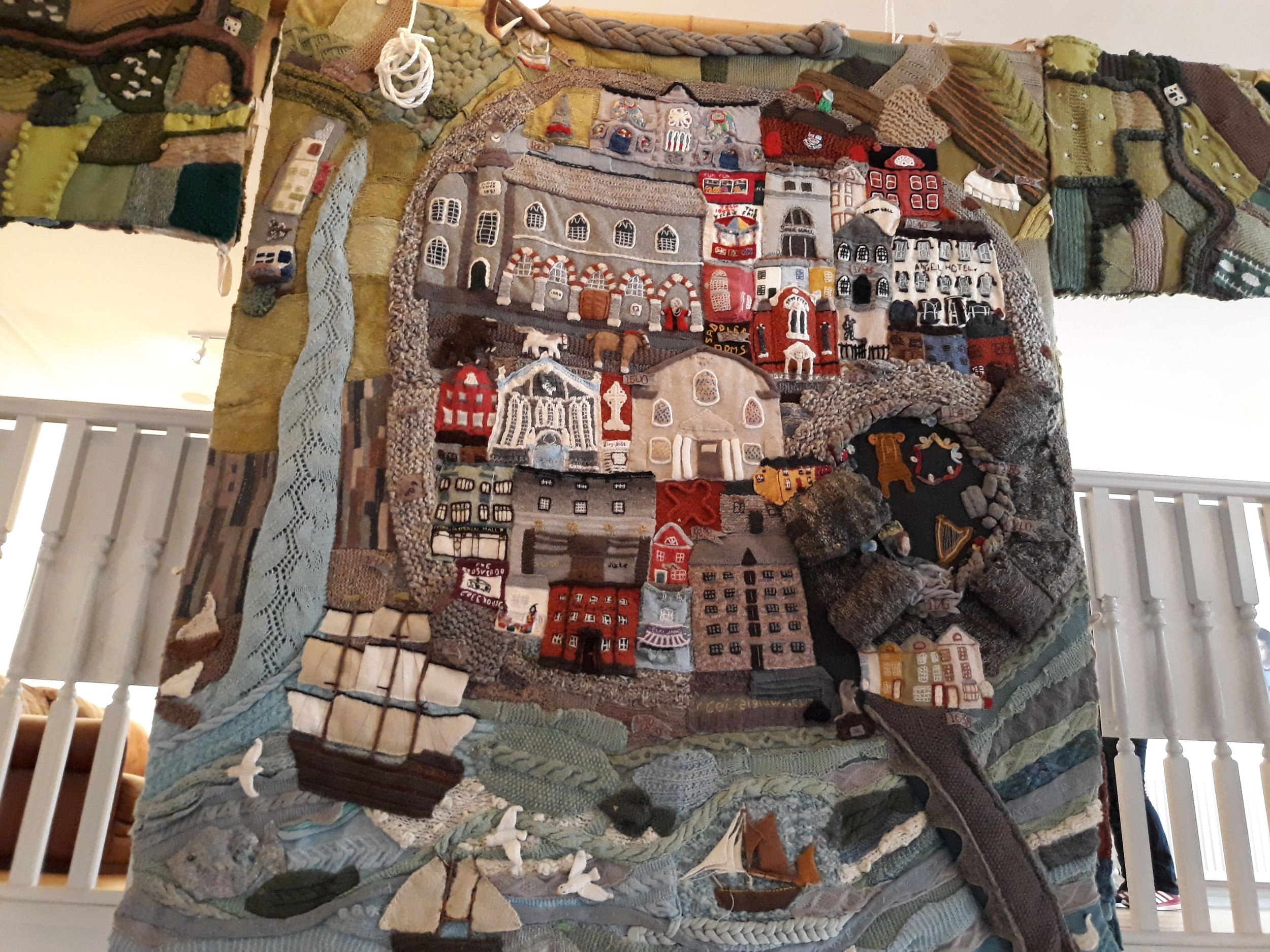
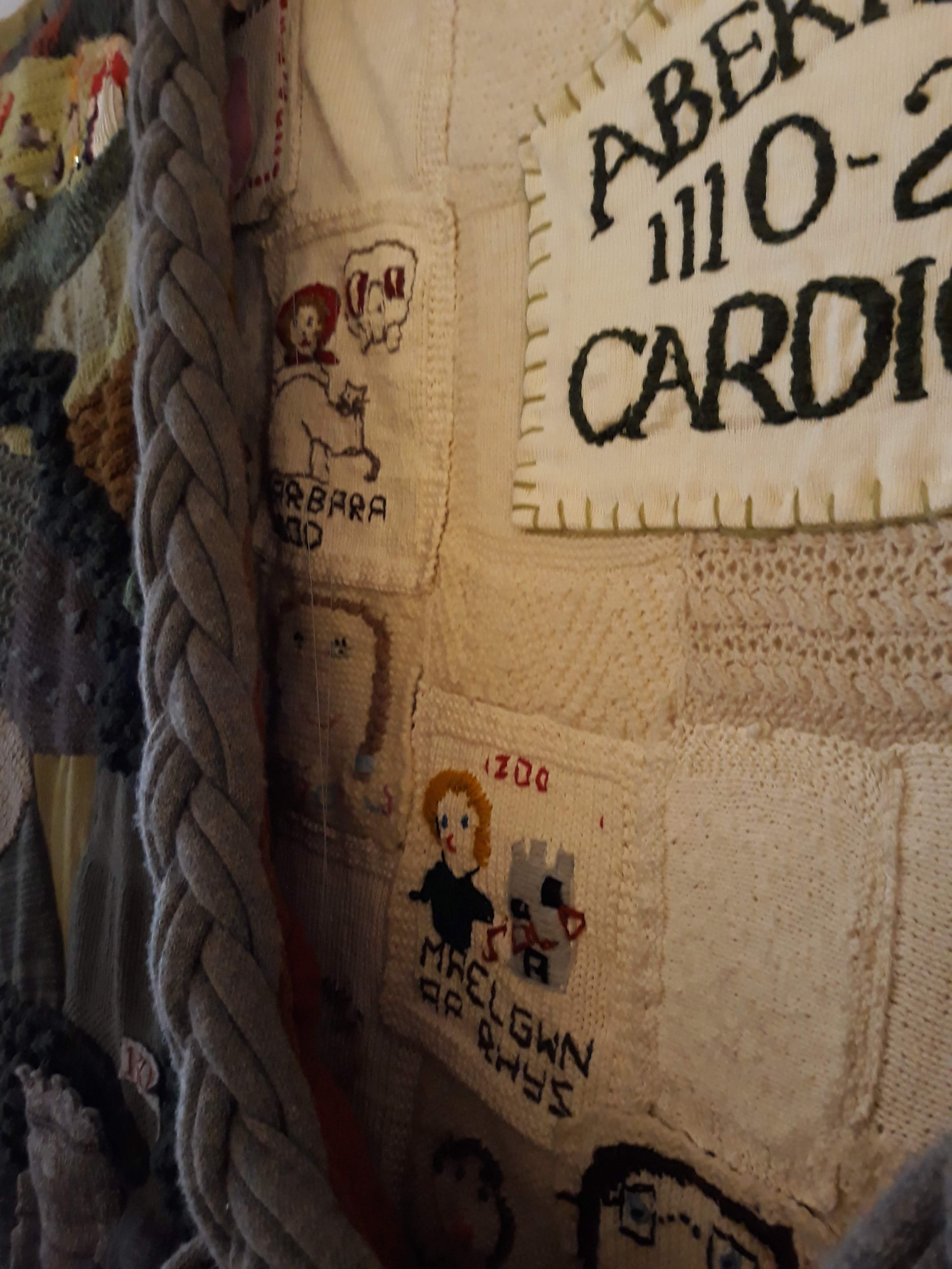
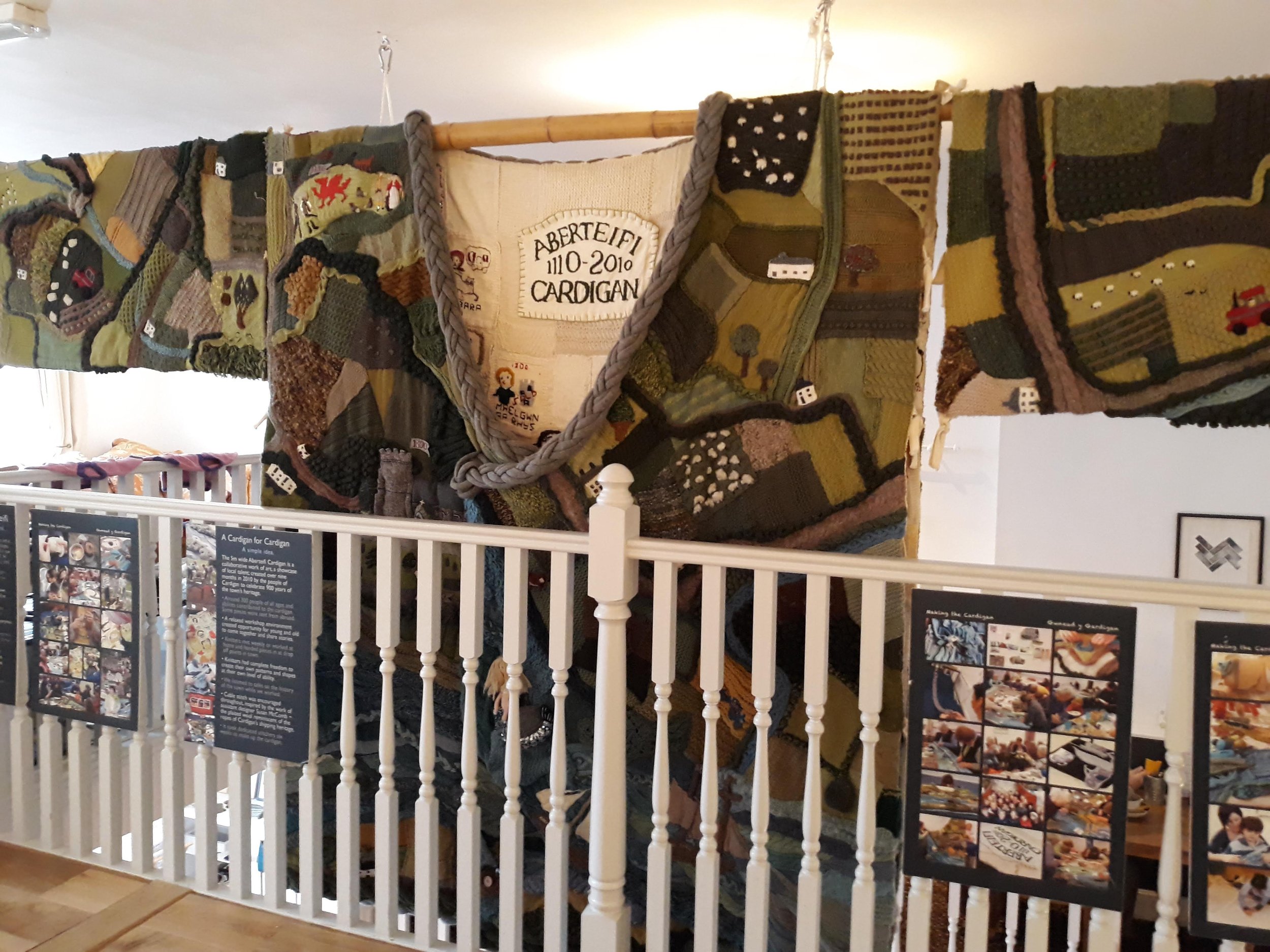
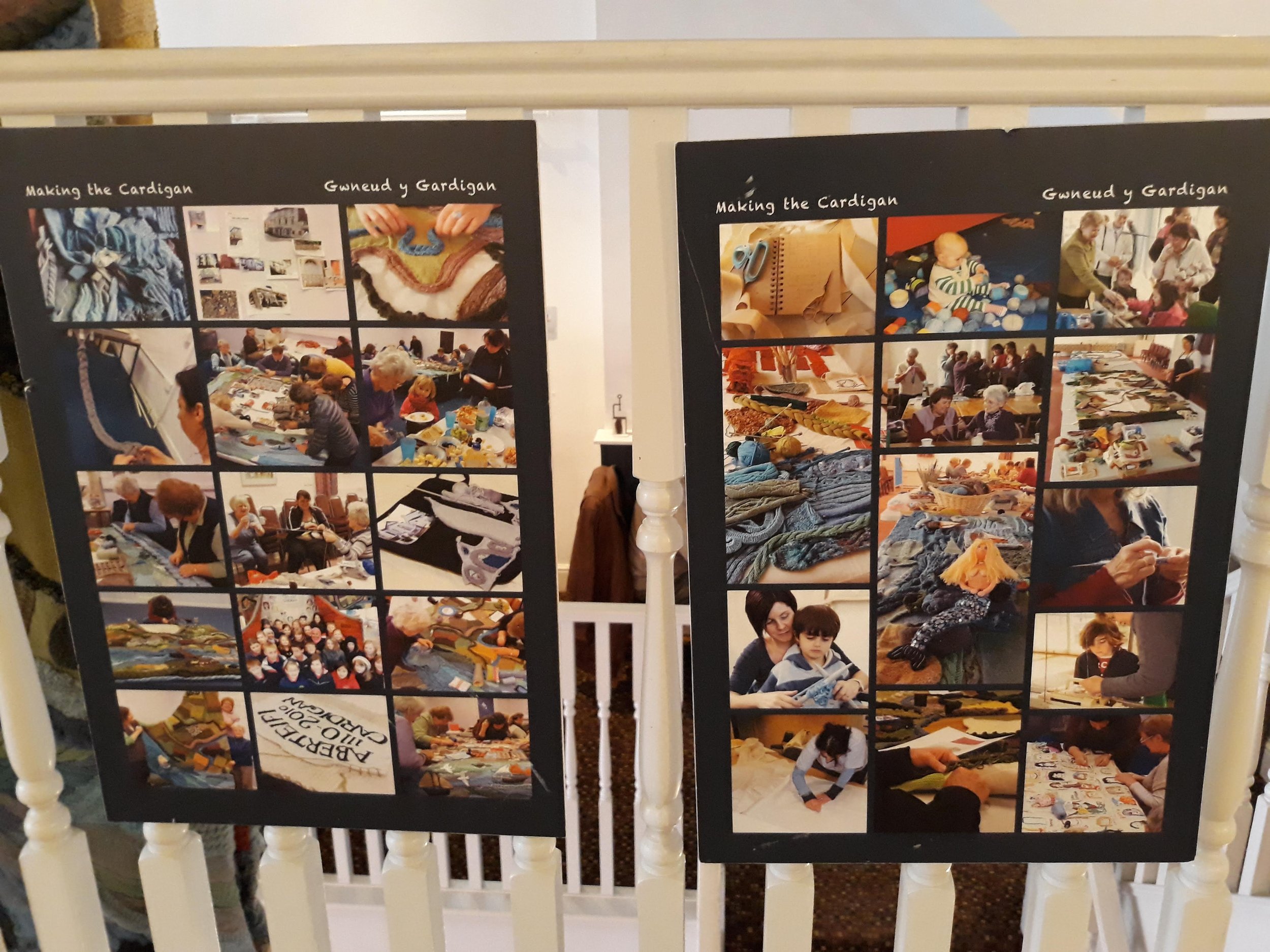
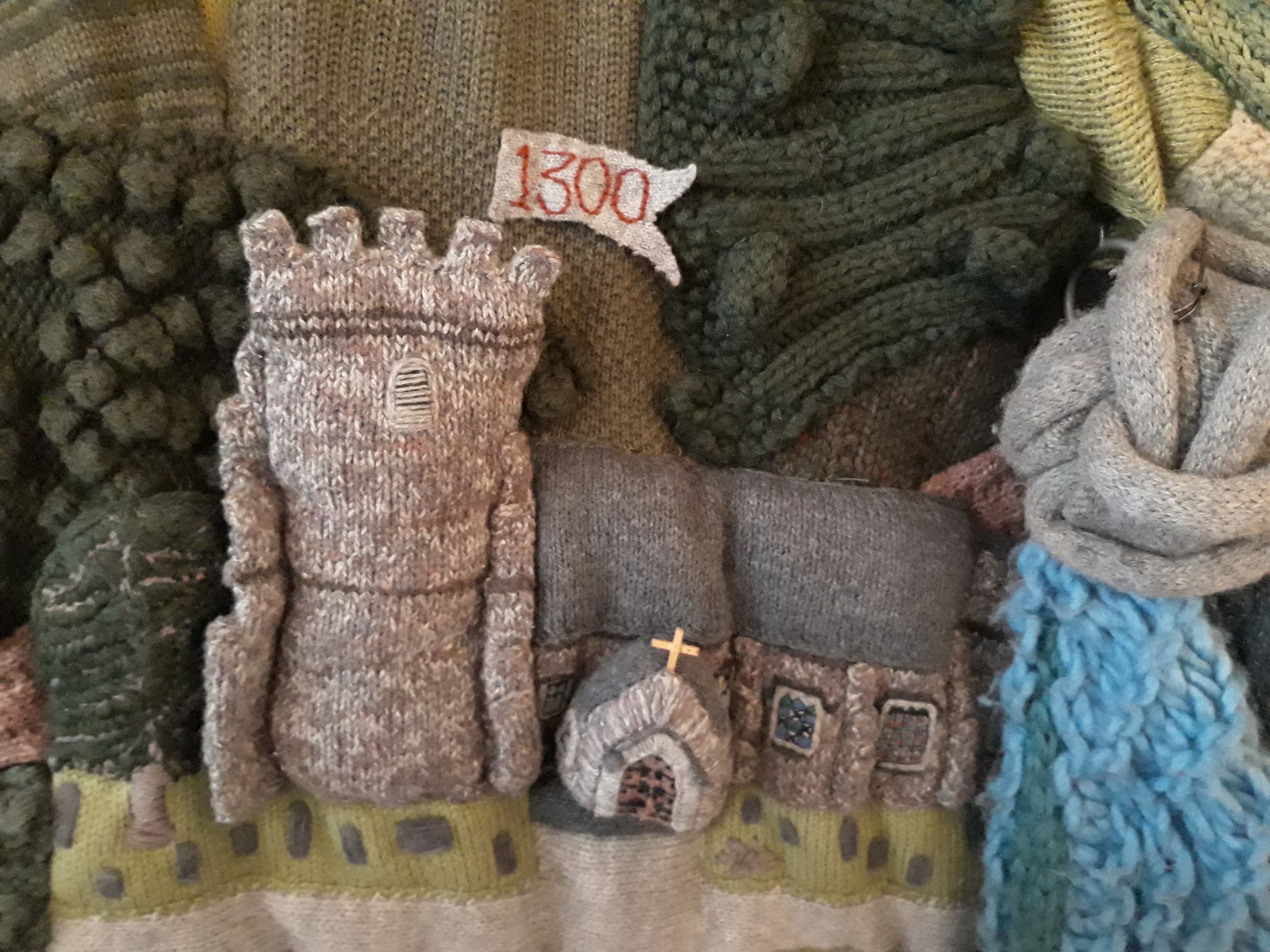
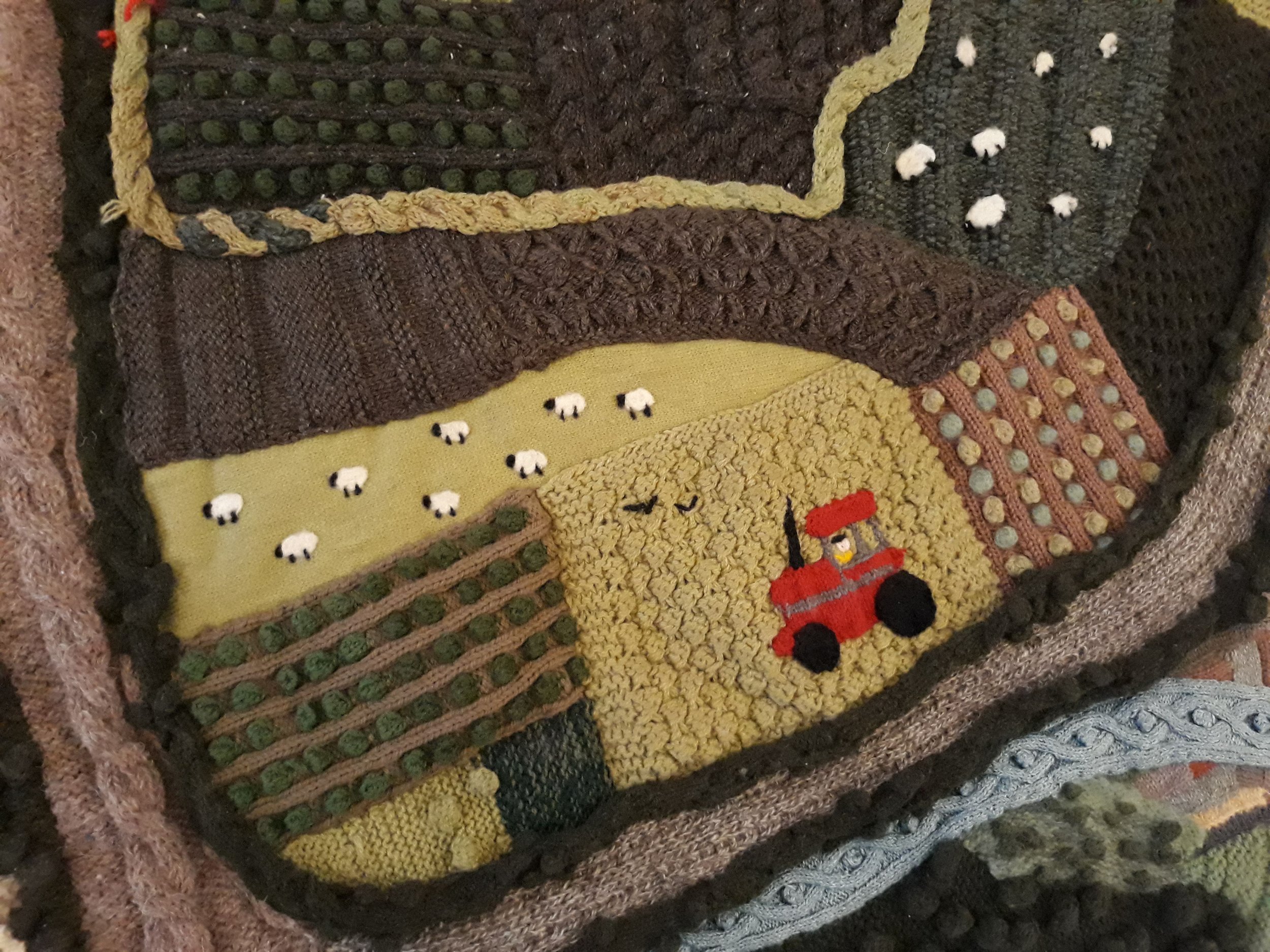
What is co-creation?
In my experience co-creation is a new word. Typically, I have always worked in collaboration with project partners, artists, makers, designers, community groups and individuals. However, as I journey into the world of co-creation, I start to unravel what it truly means. I started through researching models, attending online conferences and webinars, and speaking to individuals who have adopted this way of working. It’s also apparent to me there are now more arts practitioners working in this way, which has been intensified by Covid-19 pandemic. This is not to say that co-creation is for everyone, and that’s ok too.
In simple terms co-creation is about individuals coming together to share their experiences or story. It's about counting on each other and forming new partnerships. The process is to prevent a top-down model and instead work jointly with people to help address familiar issues. We can do this through recognizing their lived experience, abilities and knowledge.
Although co-creation doesn’t give anyone a definitive outcome or process to a project, which I admit can be a scary thought, I am at least reassured that there are certain steps of working that can be beneficial to those involved.
Here’s some tips I have picked up on:
Expect to have on-going dialogue over a long period of time
Make sure that you send out invitations to people to take part
Be accommodating, allow people the space to change their mind on decision making
Offer people the opportunity to engage in a hybrid model online and in-person
If someone isn’t enjoying a particular task allow them to step out or find something else that would help
Invite feedback and offer space for reflection
Capture the project through documentation such as photos and journaling. You can then look back on your progress and journey, this will help motivate yourself and others
There is no right or wrong way of co-creating
To help give an example of a simple approach to a co-creation project I am going to focus on a community that deserves to have their project seen, a community steeped in Welsh language, culture, and heritage.
Every part of Wales or Cymru has its own story to tell, and every town and village has its own storyteller. Cymraeg or Welsh (native language of Wales and my native tongue) is one of the oldest living languages in Europe today. It has a rich history in oral and written traditions from the folk tales of the Mabinogion (where the name Tanwen comes from, the story of ‘Culhwch ac Olwen’, and where other tales portray a very different King Arthur) to the Gododdin a medieval Welsh poem which first originated in the Hen Ogledd (Old North) which is now southeast Scotland and Northumberland.
The tradition on telling stories has remained very much alive in Wales and has been translated into many different forms such as visual arts and crafts. It's an example of how we have made sense of the world.
A Cardigan for Cardigan. A simple idea. That is the title of a co-creation project I discovered whilst visiting family in Wales pre Covid-19 pandemic.
Cardigan (Aberteifi) is located on the west coast of Wales, an idyllic rural town connected by land, river, sea, and people.
This project starts with a designer called Lisa Hellier who back in 2010 had a simple idea to create a giant celebratory cardigan depicting the nine hundred years of the town’s heritage (1110- 2010). Heritage Lottery Fund loved it so much they decided to support the idea.
The Aberteifi Cardigan is an adorned five-meter-wide craft piece and is on display in a local gallery and café space. Working with local knit experts it took the community a year to create. It’s a fantastic example of a cross-generational project where both children and adults worked together sharing stories and learning new skills. There were around three hundred people involved who met weekly or worked from home, and some even sent pieces from abroad.
“We met to knit every Sunday. We invited speakers to tell us about our local history. We shared skills. We saw the town with new eyes”. Lisa Hellier
There’s a huge amount of Welsh symbolism in the work. Here are a few that I’ve picked out for you:
Dragon – ‘Y Ddraig Goch’ meaning the ‘red dragon’ is a symbol that appears on the national flag of Wales.
A church with a cross – Wales has a long history of Christianity. The main church you can see on the cardigan dates to 13th century Wales. A dark period for Wales as it enters the black death.
Farm animals – Wales is well-known as some of the most beautiful market towns in Britain. Animals would have been brought and sold here.
Maelgwn Ap Rhys (1170 – 1230) - was a prince as part of the kingdom of Deheubarth in south west Wales. Rhys made an agreement with King John of England and sold Cardigan castle to him.
Welsh harp – is the national musical instrument of Wales which is used as a dance instrument. It can be traced back to at least 11th century.
Fishing bay - Compiled during the 12th and 13th centuries, references to fishing in Cardigan Bay are made in the Mabinogion. 1986 sees the retirement of ‘Coracle King’ John Davies – the last licensed coracle fisherman on the Teifi. His retirement brings a 1,000-year-old tradition to a close.
White tent – ‘Pabell’ The 1176 Cardigan eisteddfod, was a cultural tournament involving bards and musicians. Though the term 'Eisteddfodd' was not commonly used until several centuries later, the 1176 gathering is commonly claimed to be the earliest recorded forerunner of the modern national eisteddfod event.
Ships – a cable stitch was used in the cardigan and was inspired by assistant designer Susan McComb – the plaited wool is reminiscent of the ropes of Cardigan’s shipping heritage.
Although the cardigan has adopted a style that looks like it’s all been made by one person, knitters were encouraged to design their own patterns, this allowed total artistic expression as well as working to varied abilities and needs. Children were taught how to use knitting machines and different size needles and wool, mood boards were used to map out ideas, community spaces were hired, there were plenty of nourishment made available, which all contributed to a relaxed and engaging environment.
What I love about this project is that it’s about community cohesion. They found a system that worked for them. They created their own connections which allowed for people to be involved in different ways from being active knitters, speakers, and as audiences, including babies sitting on the floor playing with balls of wool.
In relation to the Remembering Together project I believe that this way of working will help create a road map. Through sensitively shifting power, making the uncomfortable comfortable when dealing with subjects such as grief, to forgive ourselves and others for not always getting it right, and to understand the power of the arts in healing. It takes courage but with the right dynamic we can rebuild, nurture, and re-invent the kind of world we wish to live in.
